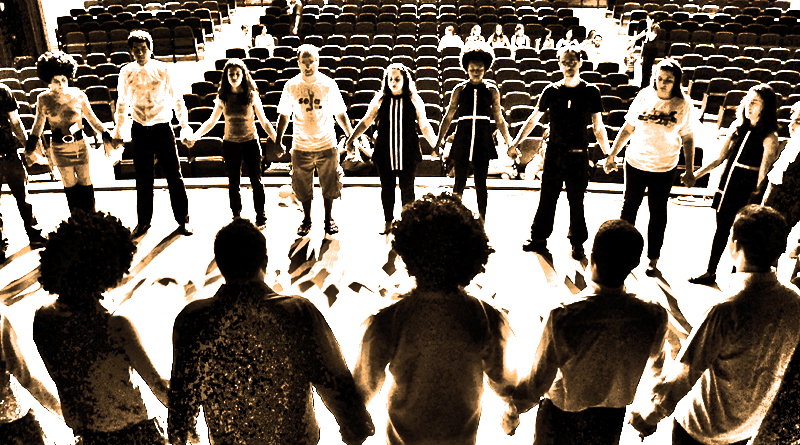
Autism & Dynamic Assessment
By Sean Inderbitzen, LCSW
What is Assessment?
For those who aren’t therapists, a diagnostic assessment is what therapists do when they meet with you the first time. Akin to film cameras with a glossy picture, these pictures are intended to unpack the colors and hues of the mental health disorders facing a person.
As I’ve gotten further into my own career as a therapist, more and more people come to me for assessments in autism. The trouble is that sometimes the colors blend, and what might appear as an oak tree to another might appear to be a pine tree. To one clinician what is Autism, to another might actually be Post Traumatic Stress Disorder, and to unpack this we are going to explore some of the ways people get assessed, the challenges they face in the assessment process, and opportunities for new types of assessments.
Tools of the Trade
For those of you who are unfamiliar with assessment in autism, don’t fear, here are a few of the basics. Akin to the SAT’s or the ACT’s, psychologists and other mental health professionals typically use standardized testing. What that means is that from test to test to test, users implement the roughly same processes to determine what is happening. Some of the common ones include the Autism Diagnostic and Observation Scale 2 (ADOS-2), the Autism Diagnostic Interview Revised (ADI-R), and the Vineland Adaptive Behavior Scale.
Challenges to Assessment
While each of these instruments (our “cameras”) we can choose from to explore the presence of autism the pictures at best are murky. Murky meaning what might look like a restrictive, repetitive, pattern of interest or behavior that causes pleasure in one person’s eyes, to another might be a distressing ritual that a person needs to perform to relieve stress. In short what is autism to one evaluator might be obsessive compulsive disorder to another. And so it should come as no surprise that sometimes our camera’s malfunction.
In one study by Vasile et al. 2022, researchers looked at 214, 5- to 16- year olds’ autism diagnoses using the ADOS-2. Vasil and team found that there was a rate of 34% false positives, and 1% false negatives. The primary reason for misdiagnosis was the presence of trauma. In another study on the the ADOS-2, by Maddox et al 2017, which was a similar study found that in a N=75 ASD assessments of adults with psychosis there was a false positive rate of 30%. Finally in a 2006 study by Mazefsky, and Oswald, they explored false positives among ADOS-2 and ADI-R, and found a rate of 30% of false diagnosis for ASD.
As it stands there is a range of faulty assessment or incorrect pictures of at minimum 1 in 4, and as high as 1 in 3 or 33% of the time. And with a rising rate of diagnosis at 1 in 36 people having ASD per the CDC 2023 numbers how scary is it that a range of misdiagnosis occurs from 25-35% of the time?
Potential Future Directions
While there are a variety of problems with this high error rate in diagnosis, what if “pictures” could be more like “movies”? In short, it’s feasible. With the evolution of statistical theory in recent years is a movement towards what is called idionomic assessment or put more simply dynamic assessment. As it stands, Dr. Steven Hayes, creator of 3rd wave Cognitive Behavioral Therapy, has begun to explore the use of process based assessments to explore disorders of mental health for instance over an elongated period of time using smartphones. Idionomic analysis then can be thought of understanding things like mental health disorders over time, to account for individual difference and variation over time. So take a disorder like Autism, which is often described in terms like high and low functioning. What if we could do a time based assessment to explore autism to see what individual differences and similarities people have and create more nuanced database videos of people to reflect individuals strengths and weaknesses to inform interventions. The same way Mayo Clinic Health System does precision medicine to inform cancer treatment, we too could understand the individual strengths and short comings over a period of time that intersect in a person with Autism life?
I’d be pretty happy.
Works Cited
RK, Vasile I, Bradbury KR, Olsen A, Duvall SW. Autism Diagnostic Observation Schedule (ADOS-2) elevations in a clinical sample of children and adolescents who do not have autism: Phenotypic profiles of false positives. Clin Neuropsychol. 2022 Jul;36(5):943-959. doi: 10.1080/13854046.2021.1942220. Epub 2021 Jul 22. PMID: 34294006.
Maddox, B. B., Brodkin, E. S., Calkins, M. E., Shea, K., Mullan, K., Hostager, J., Mandell, D. S., & Miller, J. S. (2017). The accuracy of the ADOS-2 in identifying autism among adults with complex psychiatric conditions. Journal of Autism and Developmental Disorders, 47(9), 2703–2709. https://doi.org/10.1007/s10803-017-3188-z
Mazefsky CA, Oswald DP. The discriminative ability and diagnostic utility of the ADOS-G, ADI-R, and GARS for children in a clinical setting. Autism. 2006 Nov;10(6):533-49. doi: 10.1177/1362361306068505. PMID: 17088271.

Sean is a Behavioral Health Therapist, and lives with an Autism Spectrum Disorder. He has a caseload with 33% of his patients that live with ASD and varying comorbid psychiatric conditions. Prior to being a mental health clinician, he was a Vocational Rehabilitation Specialist for Wisconsin Division of Vocational Rehabilitation for 3 years. He was also appointed by Governor Walker to the Statewide Independent Living Council of Wisconsin. He is an incoming member to the Motivational Interviewing Network of Trainers, and provides training on motivational interviewing, ASD and employment, and ASD and comorbid psychiatric conditions. For more info, find him at Seaninderbitzen.com or on LinkedIn, and look for his new book Autism in Polyvagal Terms: New Possibilities and Interventions.




